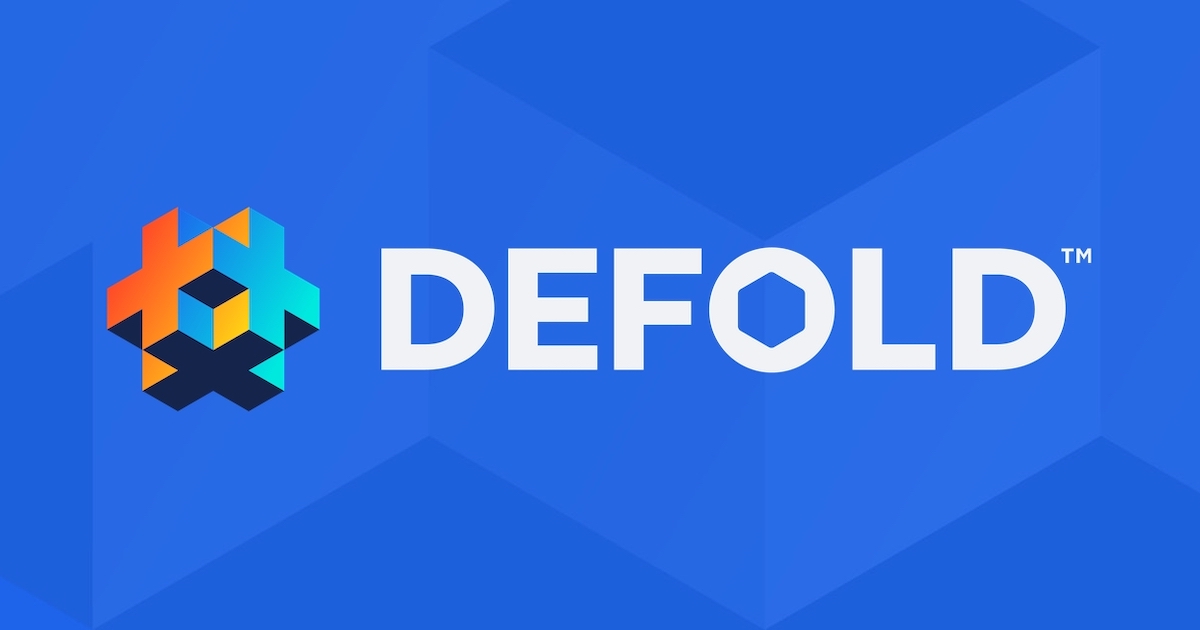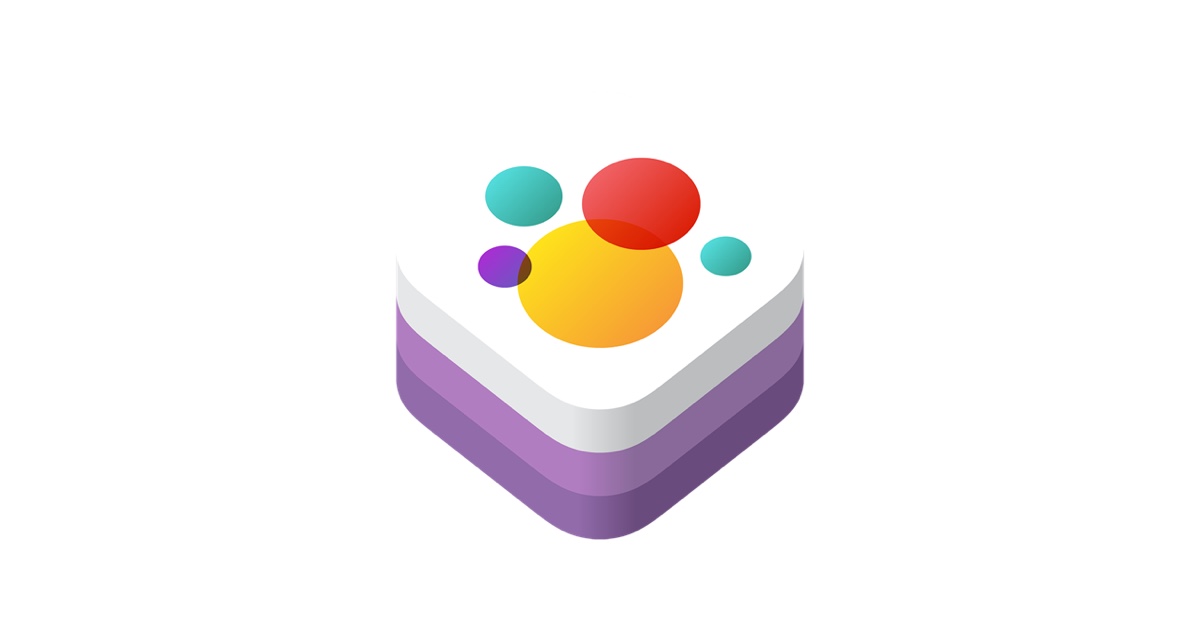12 Best Game Engines for iOS Game Development: From Open-Source to Premium Options
Are You Truly Ready to Put Your Mobile or Web App to the Test?
Don`t just assume your app works—ensure it`s flawless, secure, and user-friendly with expert testing. 🚀
Why Third-Party Testing is Essential for Your Application and Website?We are ready to test, evaluate and report your app, ERP system, or customer/ patients workflow
With a detailed report about all findings
Contact us nowTable of Content
Selecting the optimal game engine is a critical decision in iOS game development. The engine you choose will profoundly influence your game's performance, visual appeal, and overall user experience. From intricate 2D puzzles to immersive 3D adventures, the right engine can make or break your project.
The iOS game development landscape offers a diverse array of powerful engines. Open-source options provide unparalleled flexibility and customization potential, allowing developers to tailor the engine to their specific needs.
On the other hand, proprietary tools often boast cutting-edge graphics capabilities and user-friendly interfaces, streamlining the development process.
In this comprehensive guide, we'll delve into 12 leading game engines for iOS development. We'll conduct an in-depth analysis of each engine's unique features, weighing their advantages and disadvantages.
Additionally, we'll examine their licensing models to help you make an informed decision that aligns with your project goals and budget constraints.
Whether you're a seasoned developer or a newcomer to the iOS game development scene, this exploration will equip you with the knowledge to choose the perfect engine for your next gaming masterpiece. Let's embark on this journey through the world of iOS game engines and unlock the potential of your game development aspirations.
Best Game Engines for iOS Games
Here’s the reshuffled list and table with the free and open-source options listed first:
1. Godot Engine
Godot is our top choice as a versatile, open-source engine for 2D and 3D games.
- Language: GDScript (Python-like), C++, C#
- Pros: Lightweight, open-source, free, beginner-friendly.
- Cons: Lacks AAA game support, smaller community compared to Unity.

2. Cocos2d-x
A popular open-source engine for 2D game development.
- Language: C++, Lua
- Pros: Lightweight, open-source, cross-platform.
- Cons: Steeper learning curve for beginners, fewer 3D capabilities.

3. Phaser

A fast, open-source engine for HTML5-based 2D games.
- Language: JavaScript
- Pros: Easy for web developers, open-source, large community.
- Cons: Limited 3D support, requires a web wrapper for mobile.

4. Defold
A cross-platform, lightweight engine for 2D games.
- Language: Lua
- Pros: Lightweight, open-source, great performance.
- Cons: Smaller community, no native 3D support.

5. Corona (Solar2D)
A cross-platform 2D game engine.
- Language: Lua
- Pros: Fast prototyping, cross-platform, lightweight.
- Cons: Limited 3D support, smaller community.

6. Torque 2D
A dedicated 2D game engine, ideal for iOS and mobile game development.
- Language: C++
- Pros: Lightweight, good for 2D games, open-source.
- Cons: Limited to 2D games, fewer advanced features than others.

7. CryEngine
Known for its stunning 3D rendering capabilities.
- Language: C++, Lua, C#
- Pros: High-end graphics, good VR support, royalty-free.
- Cons: Steep learning curve, limited documentation for beginners.

8. SpriteKit
Apple's native 2D game engine for iOS and macOS.
- Language: Swift, Objective-C
- Pros: Optimized for iOS, great performance, easy integration with other Apple APIs.
- Cons: Limited to Apple platforms, smaller community compared to Unity.

9. Unity
Unity is one of the most popular game engines, used for 2D and 3D games.
- Language: C#
- Pros: Large community, cross-platform support, rich asset store, VR/AR capabilities.
- Cons: Requires strong hardware for development, larger apps.
10. Unreal Engine
A powerful engine widely used in AAA games, known for photorealistic graphics.
- Language: C++, Blueprints (visual scripting)
- Pros: High-end graphics, large community, powerful for 3D games.
- Cons: Steeper learning curve, requires strong hardware.
11. GameMaker Studio 2
Popular among indie developers for 2D games.
- Language: GameMaker Language (GML), Drag-and-drop.
- Pros: Easy for beginners, built-in drag-and-drop, good for 2D games.
- Cons: Limited 3D support, higher cost for additional platforms.
12. Buildbox
A no-code engine focused on making game development accessible.
- Language: No-code, drag-and-drop.
- Pros: Very easy for beginners, no coding required, rapid prototyping.
- Cons: Limited advanced functionality, more suited for simple games.
Reshuffled Comparison Table
| Game Engine | Language | License | Fee | Pros | Cons |
|---|---|---|---|---|---|
| Godot Engine | GDScript, C++, C# | MIT License | Free | Lightweight, free, beginner-friendly | Lacks AAA game support, smaller community |
| Cocos2d-x | C++, Lua | MIT License | Free | Lightweight, open-source, cross-platform | Steep learning curve, fewer 3D capabilities |
| Phaser | JavaScript | MIT License | Free | Easy for web developers, open-source | Limited 3D support, mobile requires wrapper |
| Defold | Lua | Apache 2.0 License | Free | Lightweight, open-source, great performance | Smaller community, no native 3D support |
| Corona (Solar2D) | Lua | MIT License | Free | Fast prototyping, cross-platform | Limited 3D support, smaller community |
| Torque 2D | C++ | MIT License | Free | Lightweight, good for 2D games | Limited to 2D games, fewer advanced features |
| CryEngine | C++, Lua, C# | Free (royalty-free) | Free | High-end graphics, royalty-free | Steep learning curve, limited documentation |
| SpriteKit | Swift, Objective-C | Free | Free | Optimized for iOS, easy integration with Apple APIs | Limited to Apple platforms |
| Unity | C# | Free, Pro version | Varies | Cross-platform, large community, VR/AR support | Requires strong hardware, larger apps |
| Unreal Engine | C++, Blueprints | Free (royalty model) | 5% gross | High-end graphics, powerful for 3D games | Steep learning curve, strong hardware needed |
| GameMaker Studio 2 | GML, Drag-and-drop | Subscription-based | Varies | Easy for beginners, good for 2D games | Limited 3D support, additional platform cost |
| Buildbox | No-code | Subscription-based | Varies | No coding required, rapid prototyping | Limited functionality, suited for simple games |
This version emphasizes the open-source and free engines first, followed by proprietary and subscription-based options.
















